How to Install Bender Board
Bender board is just what it sounds like -- a thin, flexible board that curves and bends. In the past, bender board was made of redwood, cedar, and other wood that does not rot easily. Today, it is usually made of plastic and designed to resemble wood.

Bender board is a versatile, inexpensive choice for edging flower beds, and the fact that it can form graceful curves makes it appealing to home gardeners who want to create rounded edges.
Things You Will Need
- Garden hose or string
- Grass spray paint
- Stakes and nails or screws (sold with bender boards)
- Spade
- Level
-
Unroll your bender board and secure each end with a brick or other heavy object so that it lays flat.
-
Leave the bender board out in the warm sun for a few hours. This will make it more flexible, so that it will bend more easily when you install it.
-
Arrange a garden hose or piece of string on the ground to mark the path of the bender board. Then, lift the rope or hose and mark the ground with spray paint.
-
Measure the height of the bender board so that you know how deep to dig the trench. Bender boards range from about 3.5 to 8 inches tall. The trench should be deep enough so that the bender board protrudes only about a half-inch above the surface of the soil when fully installed in the trench. So, for a 6-inch tall board, you will dig a trench that is 5.5 inches deep.
-
Dig the trench along the spray-painted path. It should be wider at the top than at the bottom, like the letter "V."
-
Insert the bender board into the trench, carefully curving it along the path.
-
Insert stakes alongside the bender board about every 4 to 6 feet, and more often as needed along the curves.
-
Secure the bender board to the stakes with nails or screws, depending on the type of board. Check to make sure it is level before securing it.
-
Fill the trench back in with the removed dirt, tamping it down to secure the board further. Do not cover the top edge of the board with dirt.

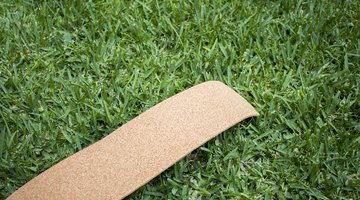
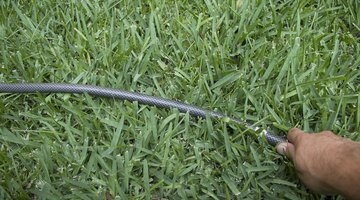
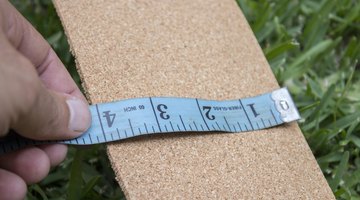

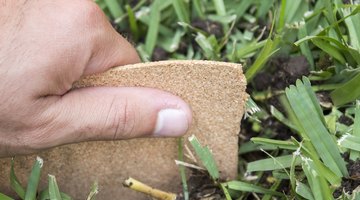
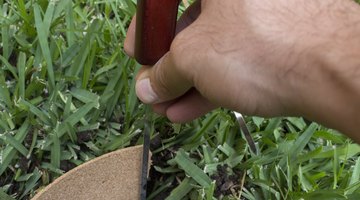
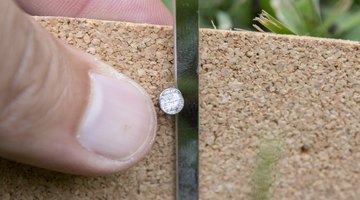
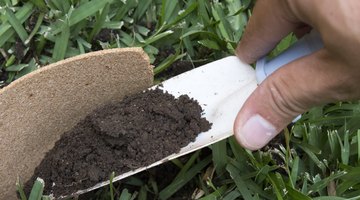
The Drip Cap
- Bender board is just what it sounds like -- a thin, flexible board that curves and bends.
- This will make it more flexible, so that it will bend more easily when you install it.
- Then, lift the rope or hose and mark the ground with spray paint.
- It should be wider at the top than at the bottom, like the letter "V." Insert the bender board into the trench, carefully curving it along the path.
Photo Credits
- Adrián González de la Peña/Demand Media
- Adrián González de la Peña/Demand Media
- Adrián González de la Peña/Demand Media
- Adrián González de la Peña/Demand Media
- Adrián González de la Peña/Demand Media
- Adrián González de la Peña/Demand Media
- Adrián González de la Peña/Demand Media
- Adrián González de la Peña/Demand Media
- Adrián González de la Peña/Demand Media
- Adrián González de la Peña/Demand Media
- Adrián González de la Peña/Demand Media
More Articles



